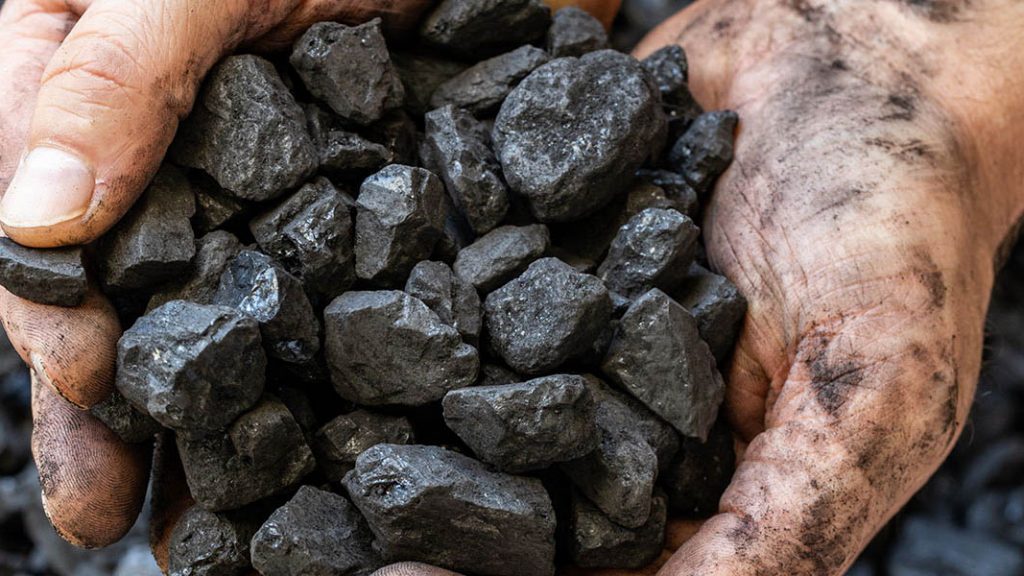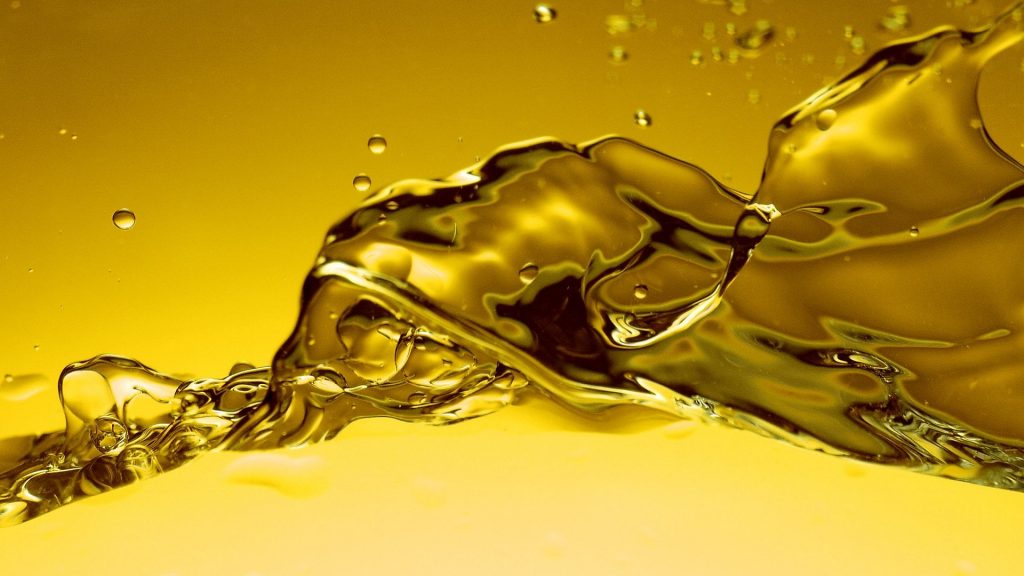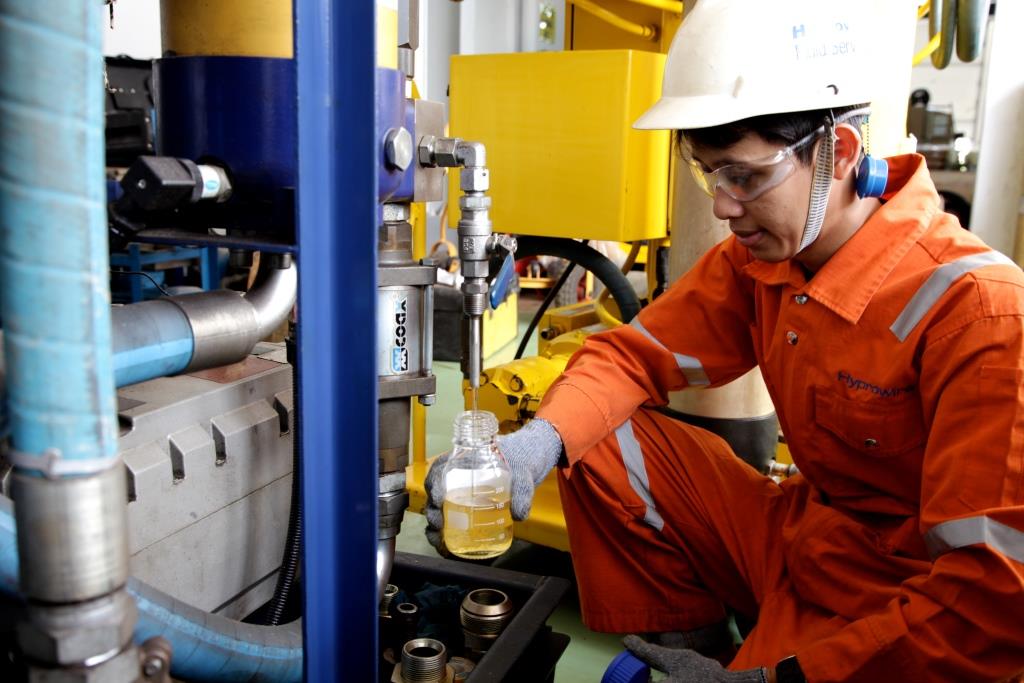
What is Conradson Carbon Residue? Its significance and various industry case studies
Conradson Carbon Residue having the abbreviation of “CCR” or generally known as “Concarbon” is a test conducted in the laboratory to measure the amount of carbonaceous residue remaining after the pyrolysis and evaporation of the oil. This test method indicates the coke-forming tendencies of the oil.
Different Carbon Residue values can be defined for oil or fuel depending on the measurement method used which are chiefly or most commonly used methods for estimation of carbon residues, namely:
- Conradson Carbon Residue (CCR)
- Ramsbottom Carbon Residue (RCR)
- Micro Carbon Residue (MCR)
A quantity of the sample is weighed, placed in a crucible and subjected to destructive distillation through a fixed period of severe heating. At the completion of severe heating, the residue collected is cooled and weighed to be estimated as a % of the weight of the original sample.
What is the significance of Conradson Carbon Residue Testing
For determining the quality of petroleum products, in particular heavy and residual fuels, the CCR test is a crucial process. The test is used to assess a fuel’s propensity to accumulate carbon in high-temperature settings like fuel injection systems, motors, and furnaces. Excessive carbon buildup can result in machine breakdown, decreased effectiveness, and higher maintenance costs.
Atlas Lab uses the following test methods for determination of carbon residue :
METHOD | DESCRIPTION |
ASTM D189 | Standard Test Method for Conradson Carbon Residue of Petroleum Products, Conradson carbon residue, lubricants, petroleum products |
ASTM D4530 | Standard Test Method for Determination of Carbon Residue (Micro Method), carbon residue, carbon residue (micro method), diesel fuel, lubricating oil |
IP 13 | Petroleum products – Determination of carbon residue – Conradson method |
IP 398 : 2015 | Petroleum products — Determination of carbon residue — Micro method |
ISO 10370:2014 | Petroleum products — Determination of carbon residue — Micro method |
ISO 6615:1993 | Petroleum products — Determination of carbon residue — Conradson method |
ANS Z-11.25 | Determination of carbon residue |
DIN 51551-1 | Testing of lubricants and liquid fuels – Determination of the carbon residue – Part 1: Conradson method |
JIS K 2270-1:2009 | Crude petroleum and petroleum products – Determination of carbon residue Part 1: Conradson method |
Various Case Studies for Conradson Carbon Residue
A study of Carbon deposits in Marine Vessel Engines
To assess the calibre of heavy fuel oil (HFO) used in marine engines, a research was carried out. HFO samples from various sources were subjected to the CCR test. The findings revealed that the samples’ CCR values varied considerably, pointing to variations in fuel quality. It was discovered that samples with greater CCR values formed more carbon deposits, which caused engine fouling and decreased engine performance.
In-depth research on the relationship between asphaltenes and Carbon residue
To assess the amount of asphaltene in crude oil, in-depth research was carried out. The heavy, high-molecular-weight fraction of crude oil known as asphaltene is known to cause carbon deposits to develop. The crude oil samples were subjected to the CCR test, and the findings revealed a relationship between the levels of asphaltene and the CCR values. A greater propensity to form carbon deposits was indicated by samples with higher asphaltene content having higher CCR values.
Atlas Lab uses the following equipment for testing Conradson Carbon Residue:







